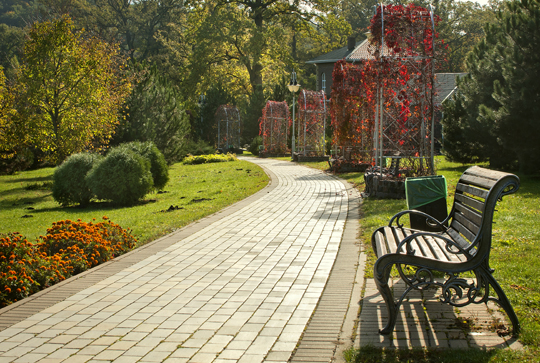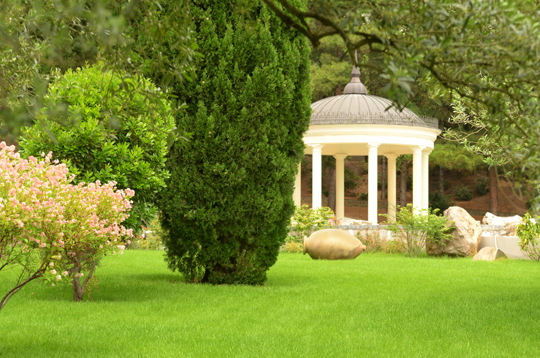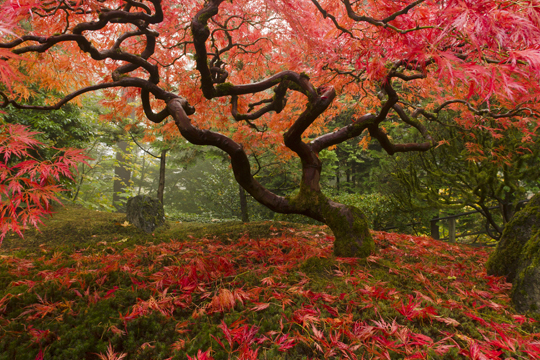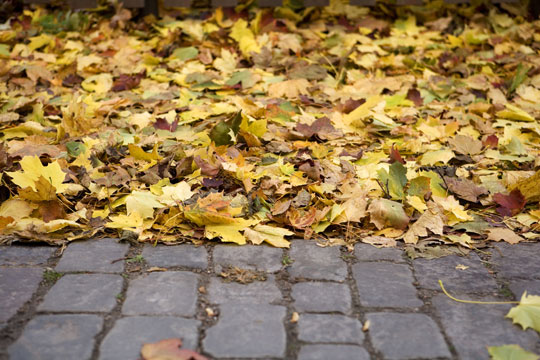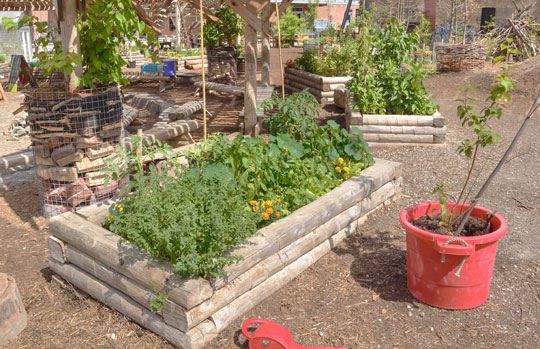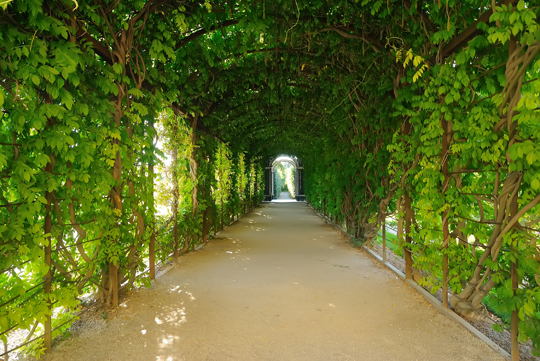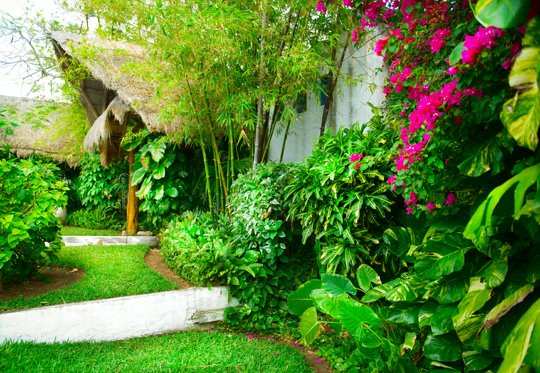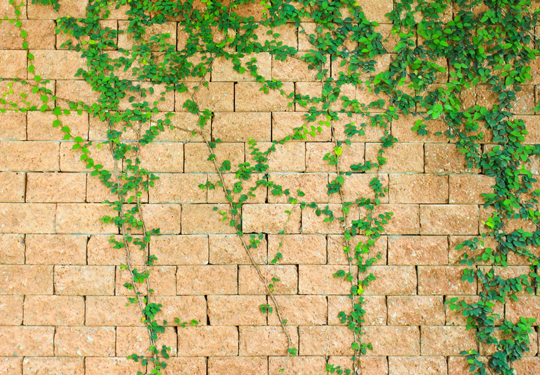An arbor on its own is considered by most to be an elegant decorative feature, but they look so much better when they are cloaked in flowers or plants. However, not all run-of-the-mill flowers are designated as proper plants to grow on an arbor. You need to find plants that will grow up and onto your arbor.
Many different flowers and plants fit this criteria, so deciding which plants to grow on an arbor boils down to your personal preference. Still, here are some popular choices.
Climbing roses: These are arguably the most popular plants to grow on an arbor. For starts, roses are timeless, classic-looking flowers. They create a stunning effect when they grow up and around an arbor in a garden or yard. A wide variety of roses are able to grow with arbors as a support.
Clematis: These are vines that flower, creating a wonderful effect around your arbor. The fact that they grow as vines make them the perfect match for an arbor. They will use the structure as a support and continue to overgrow around it. They also come in a wide variety of colors, so you can find the best match for your landscape.
General ivy or vines: Maybe you just want to give your arbor an old, rustic feel and don’t necessarily want the color that comes with flowers. You could opt for vines and ivy that just bloom with normal green leaves. These types of plants grow well vertically (often attaching to walls or other structures) and will thrive on your arbor.
When choosing plants to grow on an arbor, remember that perennial flowers will come back every year, so once you plant them, they are good to go.
Need Help? Use Talk Local!
It can be tough to find a landscaper who is equipped to handle your specific job. It could take you weeks to find one — but not anymore. With TalkLocal, we collect information about your needs and then instantly find service professionals in your area that can help. You will be talking with someone on the phone in roughly a minute. Now, that’s speedy service!

